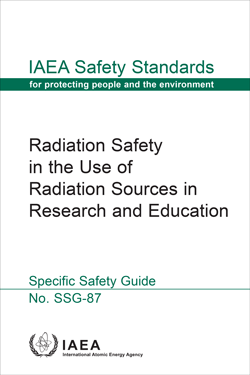Description
Radiation sources used in research and education include particle accelerators, sealed radioactive sources, such as low activity check sources and high activity sealed radioactive sources in irradiators; unsealed radioactive sources that are used as tracers in field work and in laboratory work; naturally occurring radioactive material and X ray generators such as diffraction apparatus and fluorescence analysers. This Safety Guide provides recommendations on how to meet the relevant requirements of IAEA Safety Standards Series No. GSR Part 3 in the use of radiation sources in research and education. It provides guidance on the control of occupational exposure and of public exposure, for planned exposure situations and, where appropriate, emergency exposure situations and on the safety measures specific to this practice. The recommendations in this publication are aimed primarily at operating organizations such as educational and research establishments including schools, colleges, universities and technical institutes that are authorized to use radiation sources in academic programmes, as well as their employees, students, teachers and radiation protection officers. The guidance will also be of interest to individuals working for regulatory bodies and other relevant organizations involved in design, manufacture, supply and service of radiation sources and associated equipment for research and education.
More Information on reusing IAEA copyright material.
Keywords
IAEA Safety Standards, Radiation Safety, Use of Radiation Sources, Research and Education, Particle Accelerators, Sealed Radioactive Sources, Tracers, Laboratory Work, Naturally Occurring Radioactive Material, X Ray Generators, Diffraction Apparatus, Fluorescence Analysers, Occupational Exposure, Public Exposure, Emergency Exposure, Safety Measures, Operating Organizations, Academic Programmes, Regulatory Bodies, Associated Equipment, Basic Principles, Radiation Protection Programme, Principles for Sources, Types of Radiation Source, Unsealed Sources, Electrodeposited Sources, Radiation Generators, Organizational Arrangements, Graded Approach, Management System, Organizational Structure, Policies for Radiation Safety, Safety Culture, Human Factors, Safety Assessment, Design of Facilities, Occupational Radiation Protection, Workplace Monitoring, Radioactive Waste Management, Decommissioning, Transport and Movement, Emergency Preparedness and Response, Analysis of Emergencies
Related publications
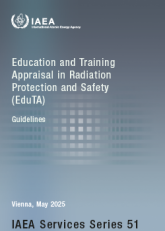
2025
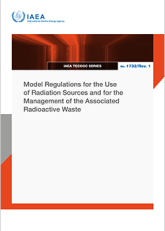
2025
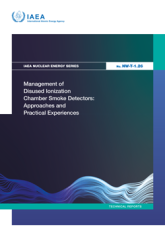
2024
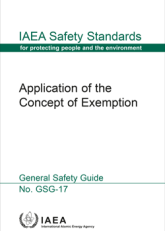
2023
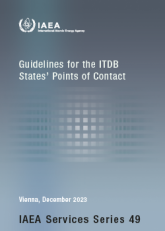
2023
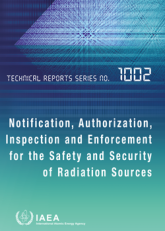
2022
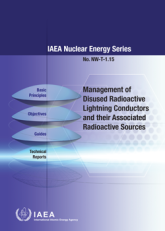
2022
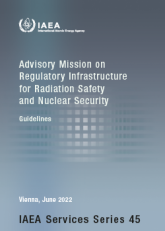
2022
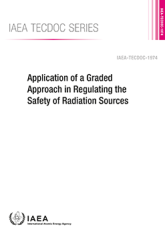
2021

2020
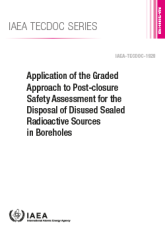
2020
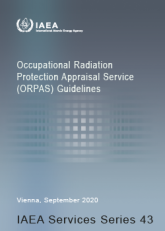
2020
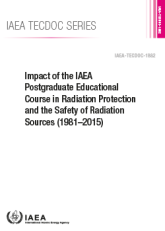
2019
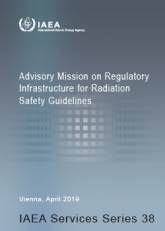
2019
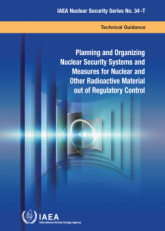
2019
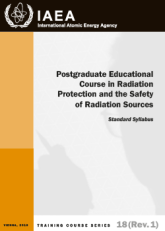
2019
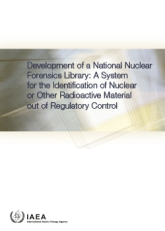
2018
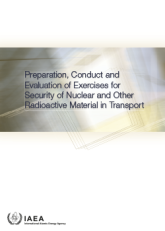
2018


